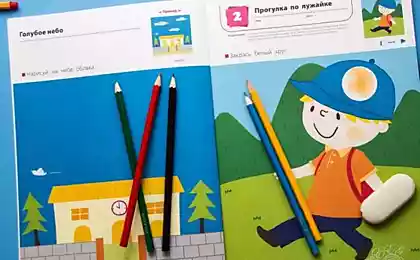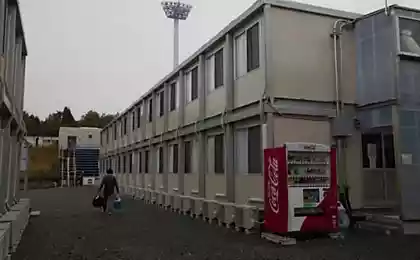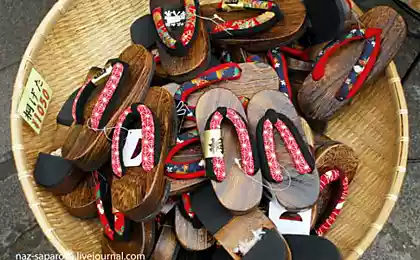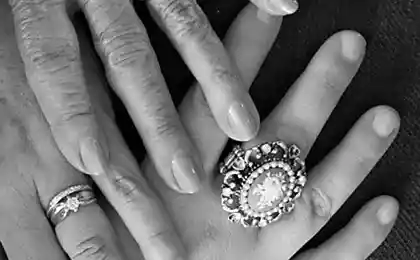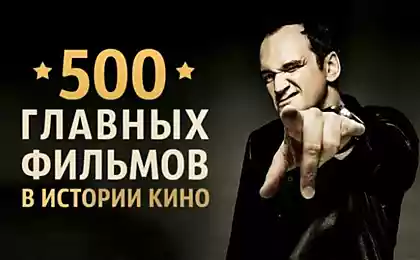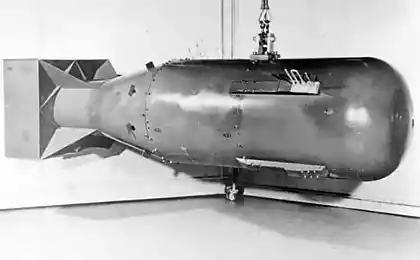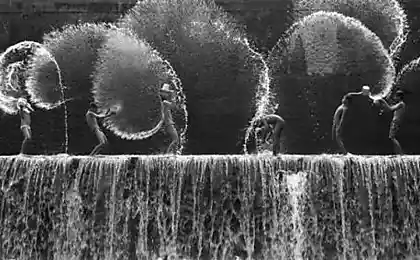567
How to teach children in Japan
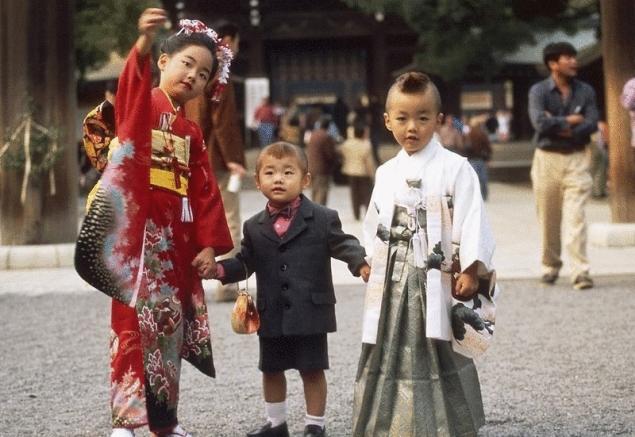
In 1954 there was a Japanese mathematics teacher Toru Kumon, and one day his son Takeshi brought home from school an f in arithmetic. Mr. Kumon did not panic and began every day to give his son a simple task of addition that fits on one piece of paper. Takeshi soon became the best in the class, and the parents of classmates took their children to school to his father. ...It took 60 years. Now KUMON learning centers located in nearly 50 countries around the world. Over 4 million children are engaged in special work notebooks. How does this technique of development of children, we spoke to Anastasia Craneway — Director of children's area of the publishing house "Mann, Ivanov and Ferber", which produces notebooks KUMON in Russia. – What is KUMON and what are their "chips"? – KUMON is a Japanese method of skill development, which usually must be formed at the child to school. In KUMON centers learn to hold a pencil, draw lines, cut, glue, count, and write numbers and letters. In this series, which we publish over 50 workbooks, each for a specific skill and age. In notebooks for 40 jobs, and they are designed for a month-two classes. The main thing is to practice every day, consistently and gradually. This is very important. A key principle of the whole methodology is a consistent complication. First, always the most simple, then harder and harder. Just that they are different from most national publications. So, for example, can often be found is: open the notebook for preparing hands to the letter, and there was one of the first task is to cut around on the dotted line a flower or the sun. And the question immediately arises: how 2-year-old child who has even the pencil really not able to keep, will be able to do it? It's difficult — you need to draw a circle and straight lines emerging at different angles. Not every adult is going to do well. In KUMON differently. All starts with very simple things. The child first learns to conduct a short line, the following task line is lengthened, then there is one bend, then a few, etc. That is, the logic of the Japanese mission to the sun would stand at the end of the notebook... Another feature that KUMON is not just mechanical skills. These books teach a child to independence. The parent participation here is reduced to zero. Through illustrations, design pages, any job kid-friendly. He opens the notebook and does everything himself, without prompting. Plus the Japanese always say to the parents that the children must praise. When you praise children, it increases their self esteem, they begin to believe in themselves and the training they cause only positive emotions. They want to do every day. And this is very important because so the child still produces a useful habit of playing.

I heard that the Japanese think through even the thickness of the paper for children. Is that so? – Yes, they thought of everything. Notebooks for kids 2 years – small format; notebooks for older children. Paper density is also different. For example, in notebooks for kids used to the dense paper. The older the child, the paper is thinner. Everything is done so that the child could comfortably write. In 2 years he is still difficult to hold a pencil and to lead the line, so he put a lot of pressure on the paper. If the paper is thin, it breaks, and it will upset the baby. Satisfaction from completed tasks will not. And next time he will not want to do. Another example of thoughtfulness, and not obvious in the illustrations to jobs. In the early notebooks of the task is very simple, and the illustrations for them are bright, with many details. The child perceives all this as game and immersed in it. Further, the more complex tasks. And the picture becomes less rich and colorful. Why? Here, too, is very simple: the more complex the task, the more the child needs to concentrate. It is not distracted. – There are reasons of the popularity of KUMON is that it's all very thought? – Yes, but not only. It is also the emotions of parents who see the real result. The child could not, for example, hold a pencil or use scissors. Did 40 exercises — and now he is doing great. By the way, we made the discovery for themselves. It turned out that our children have problems with cutting out. The most popular book in the whole series —"Learning to cut". In principle, this is the explanation. The analogs offered in the market today, notebooks with appliques. But as a child cut out a circle or square for the application if it is cutting paper can not? In all KUMON sequentially: first learn to do simple cuts, short, thick lines, then the lines become thinner and longer, there are angles, arcs, waves, and then of a circle and complex shapes. Another point is that in notebooks cut kids cuts — in the end he gets some kind of toy with which he can play. For example, some kind of snake, which he cut in a spiral. Or, for example, you cut out the blanket, and covered with drawn the girl this blanky.
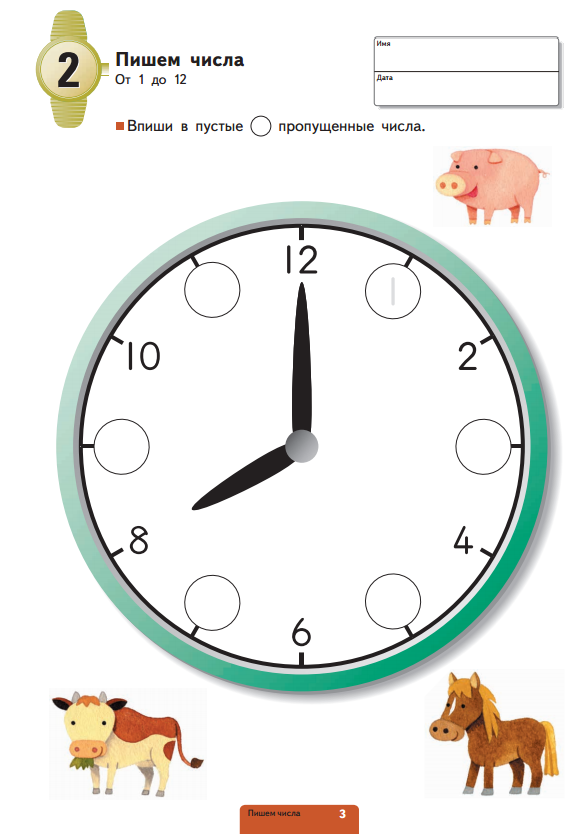
– What types of educational books are there in Russia? – Developing children's notebook can be divided into two types. The first is a notebook for the comprehensive development. These are books of a General nature. Here in a single notebook or series can be everything: math for kids (shapes, opposites, matching, etc.) and General development (group words by topic) and creative tasks (to paint, sculpt, glue). A child develops, learns, of course. But the process is completely different, this intellectual development. These notebooks are not “put hand up” and not teach it cut, as it does KUMON. Or, for example, is now quite popular notebooks with stickers. Anipo of his remarkable and interesting. The task here is also in overall development and in parallel to the development of fine motor skills. That is, typically, first you need to decide what and where to glue, and then glue. In a similar notebooks KUMON just need to glue. And that's all. Concentrating only on this task. It will be drawn, for example, an Apple with an empty circle. And the child must be gently this white circle to paste a round sticker. The point is not that he found out that it is Apple and it is green. Or that he found out what the big “big” is different from “small”. From the beginning to the end of the tale teach him to stick the stickers and paper on paper. The important thing is that by the end of training he does it perfectly! – It is clear. And what is the second type of notebooks? The second type of notebooks with a bias in mathematics, tutorials Ludmila Peterson for preschoolers. Or, for example, Eugene Katz is an interesting notebook on the development of mathematical thinking. It presents all sorts of puzzles, the game tasks on logic, attentiveness. Working in such a notebook, the child doesn't even understand what math is involved, numbers were very small. Jack, incidentally, believes that before 5 years is not necessary to torment the child figures. It is, of course, will remember how they look, but what this figure means, it's in 2-3-4 years does not understand. He still has not developed mathematical reasoning. – It turns out the basic skills we have no one teaches? It turns out that way. Purposefully not taught, indirectly, teach. The exception is the training arm to the letter. Many publishers have such notebook. However, again, most of them built on the principle of “shaded circle line and continue for myself.” From the Japanese perspective, such tasks does not make sense. For example, the child is 2-3 years propose to outline and to paint the teeth on the comb. But as a child you draw them? Where to put the pencil? Where to stay? A child 2-3 years of age do not yet understand it. Yes, it is, of course, mechanical testing. But the child will never learn to consciously. If we take the same notebook KUMON, we see that every task will be a maze — from the very simple (like a straight tunnel) to the complex. The maze is always indicated his beginning and end. These hints are necessary in order to understand where to put the pencil and where to stay. The child at first thinks the route, and then he deliberately leads a line on a blank sheet where he needs. This skill will help him later to write and draw. – And the last. What is the basic principle of education is the Japanese, which would be nice to be adopted by us? – The Japanese are asking parents not to interfere in what the child is doing. What is the problem with many of our mothers? For example, the child begins to walk the line and it does not work. The mother immediately pulls out his pen and said,"Wait, you're doing it wrong!". It sends the wrong message. Even if the child didn't do anything, it certainly should be commended. At least for the fact that he tried. published by P. S. And remember, only by changing their consumption — together we change the world! ©
Source: rustoria.ru/post/yaponskaya-metodika-obucheniya-detej/
